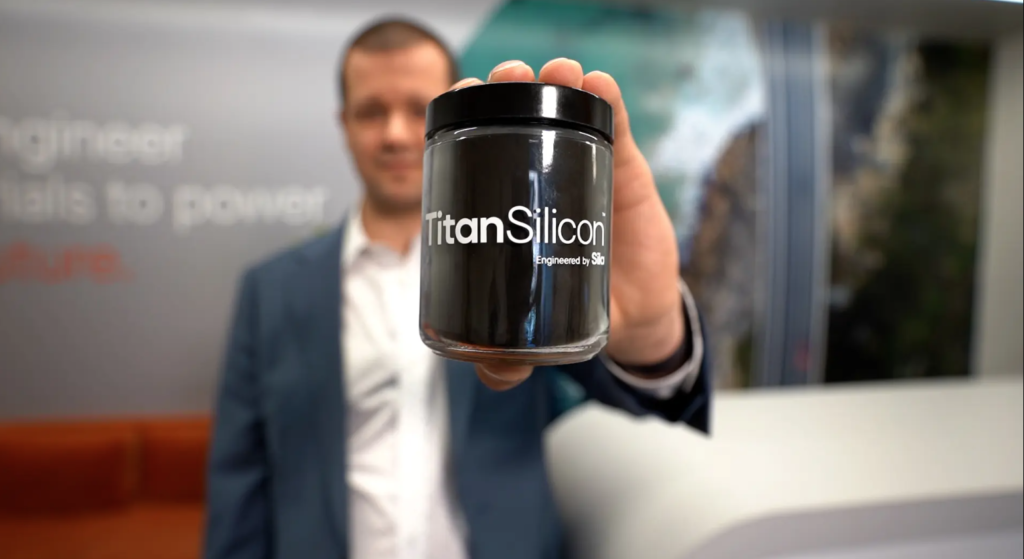The new generation of silicon anodes for lithium batteries takes hold in the USA
(sustainabilityenvironment.com) – It is called Titan Silicon, and offers a 20% increase in energy density compared to cells with the current best performance in the industry. With the promise to raise the percentage again in the near future. Let’s talk about the new silicon anode material for lithium-ion batteries, created by the Californian Sila. The company has been working since 2011 to bring to the market a high-performance alternative to the more widespread graphite.
Despite excellent years of service within the rechargeable, graphite anodes have reached their energy limit, especially when it comes to electric vehicles. To compete with gasoline and diesel vehicles, e-cars need lightweight, economical batteries that can recharge quickly and guarantee a long mileage to the vehicle. For this reason, industry research has begun to test the capabilities of silicon at the anode level. On paper this semiconductor can store more ions (and therefore more energy) for a given weight and volume than graphite. The problem? In doing so it encounters an increase in volume of almost four times, which, translated into practical terms, means the rupture of the anode itself.
A nanocomposite silicon anode
To overcome the problem Sila worked on a nanoscale. In detail, the company has created a very small nanocomposite cage that retains silicon but, at the same time, provides sufficient space for the expansion and contraction of the material during charge and discharge. This allows lithium ions to enter and exit the anode without destroying the battery in the process.
Today, the company explains, Titan Silicon has the potential to offer benefits, even though the work is still in its infancy. The company has already started its work. The new nanocomposite silicon anode can lead to a 20% increase in the autonomy of the electric vehicle and greatly improve the battery charging time. The time to make a full 80% is around 20 minutes but future versions will lower it to just 10 minutes. “And with Titan Silicon, automakers can benefit from a reduction of up to 15% in battery weight and a 20% increase in space, allowing for greater vehicle efficiency and the addition of innovative design and functionality”.
Among the advantages of Titan Silicon, the company also stresses that it is a drop-in solution, 100% compatible with any form of cell and any gigafactory; and that compared to graphite generates 50-75% less CO2 per kWh during production. Sila plans to produce enough material to power one million electric vehicles in the next five years.

